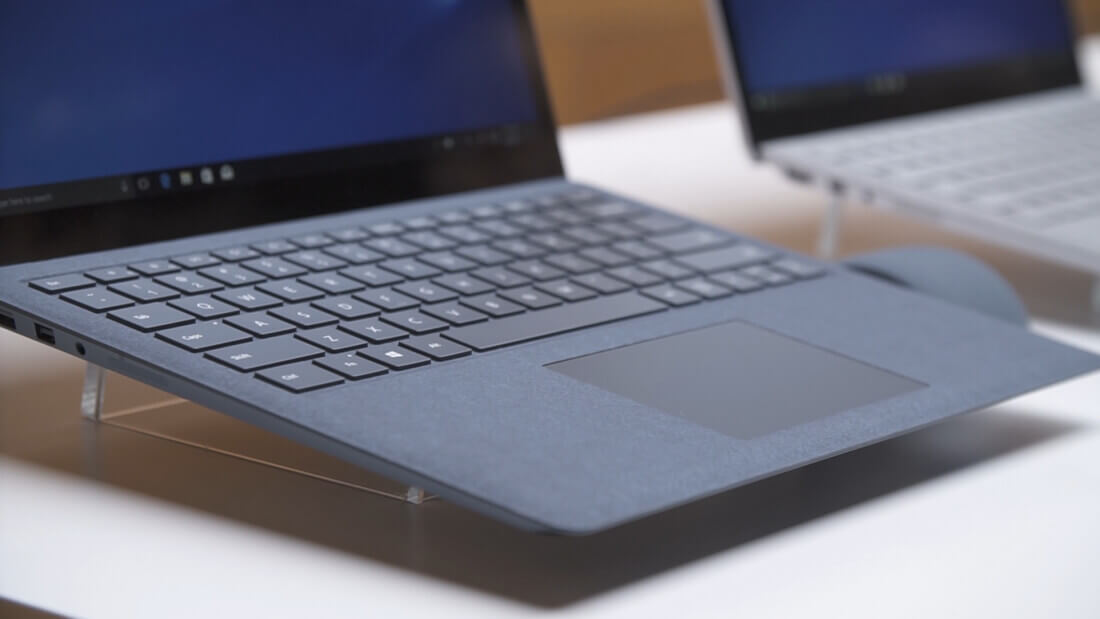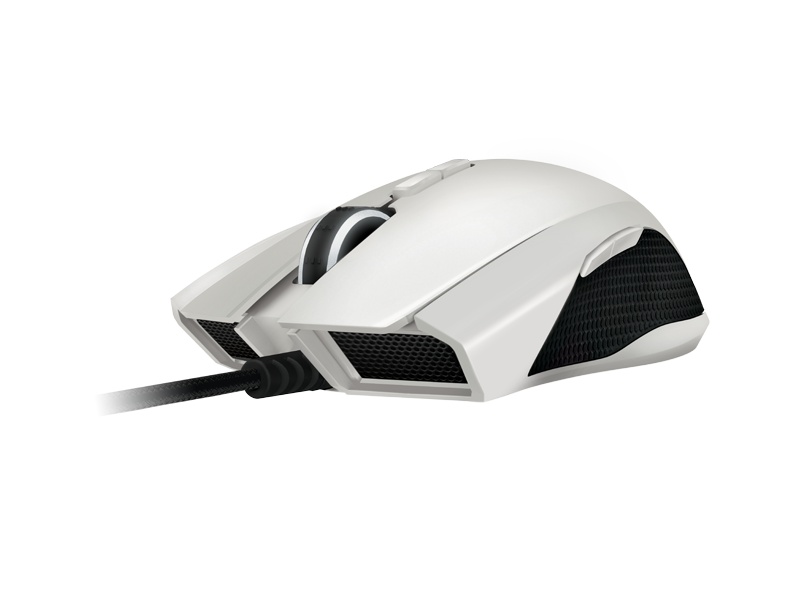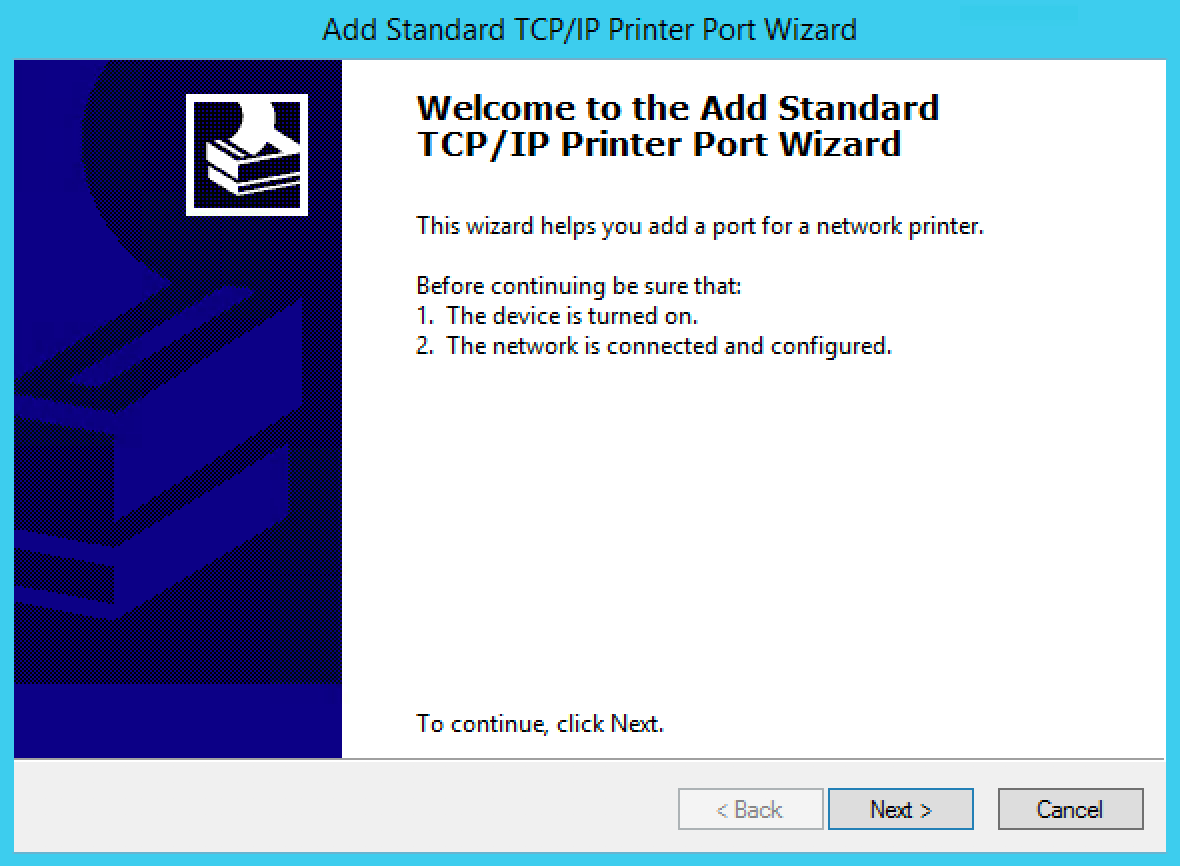Almost all Moates.net products have a USB interface to connect to a computer. (ALDU1, HULOG, Hondalog, BURN1/2, Ostrich 1/2, Roadrunner, Quarterhorse, Jaybird) Fortunately, all Moates.net products with a USB interface use the same USB support chip so they can all use the same drivers. This makes it easy for you – one driver install will take care of ALL Moates products! Check out USB Driver Installation for more on how to reinstall drivers.
Download the latest drivers, software, firmware, and diagnostics for your HP products from the official HP Support website. The UMDF driver for a peripheral device on a SerCx2-managed serial port requires certain hardware resources to operate the device. Included in these resources is the information that the driver needs to open a logical connection to the serial port. Because from what i am reading, changing the com port number in the ini file, will allow you to control what com port gets assigned to the Topaz device in Windows. Are you using the topaz HSB to Com driver? If so this document might be helpful. Steps 4 and 5 explain how to modify the SigPlus.ini file to set the com port that you need it to use. Open the 'Device Manager' to check whether the COM port was assigned or not After doing step 1-3, I could change the COM Port number again in advanced page and without 'Microsoft Management Console crashed'. If you plug a new device on different USB ports, it needs to repeat step 1-3 and assign another COM port number to the new device.

The chip in our devices is made by a company called FTDI. This chip is VERY common and is used in everything from USB-serial and USB-parallel adapters sold in computer stores to other automotive electronics products. This is important because of the possibility of a driver conflict between drivers for your Moates.net devices and other devices that also use the FTDI chips. AEM FIC, Hondata S300 and K-Pro and the USB Instruments Stingray and Swordfish (among others) have a tendency to obliterate our drivers and cause driver conflicts. Be warned: the troubleshooting instructions later on this page may cause other devices that use the FTDI chips to stop working. Tip: If you start having driver conflicts, installing the latest drivers from FTDI will often be enough to resolve conflicts and make everything work again.

First step to making sure you don’t have a connection issue is to unplug all USB devices that are not absolutely necessary from your computer.

First, Right click on My Computer. (You might find this on the desktop, you might find this in your start menu. Desktop pictured)
Next, go to the Hardware tab and select “Device Manager.” (note: Windows XP is pictured, but the exact placement of device manager may vary slightly in Win98 and Vista)
Drivers Step-four Port Devices Terminal
Next, go to the “Ports” section of device manager and click the + sign next to it to open it, if it is not already open. You should see something like this:
Now plug in ONE of your Moates.net devices. We are going to plug them in one at a time to figure out which ports Windows is assigning to them. Assuming everything is working, you should see something like this in device manager:
Drivers Step-four Port Devices Lucie
The “USB Serial Port” device pictured is using COM10. Some software has issues with COM ports greater than 8, so the first thing we are going to do is change the port it uses to a port less than 8. Looking at device manager, you can see that Bluetooth Communications Port has used COM5 and a Communications Port has used COM1. We should not use either of these ports. We are going to change to COM3, which is unused. First step: right click on the “USB Serial Port” device and click “Properties.”
Next, click on the “Port Settings” tab at the top of the Window.
Next click the “Advanced” button.

On this screen, there are several things to change. First change the COM Port Number to COM3, the port we decided was open. If all of your ports say “in use” you can still select them, but it is recommended you find an unused port under 8. Second, set the Latency Timer to 1 msec. When you are done, click OK on this screen and the driver screen that follows until you are back at Device Manager.
These are the optimal settings for our devices (COM1 – COM8 and Latency = 1ms). If you had trouble, try again with these settings. Remember which port your device was using in device manager when it comes time to configure your tuning software.

Drivers Step-four Port Devices Gigabit
It is possible to disable devices in Windows. Sometimes this can happen accidentally. If a device is disabled, it has a red X across its icon, like the Bluetooth Communications Port in this picture.
To enable it, right click on the device and select “Enable.” Afterwards, the device should not have a red X across its icon.
Drivers Step-four Port Devices Replicator
Devices can also have issues loading or have device driver problems. When this happens, a yellow exclamation mark appears. Almost 100% of the time, this is a sign that you need to reinstall device drivers. If a simple reinstall does not fix the issue, there is a more heavyhanded method to reinstall drivers using FTCLEAN.
